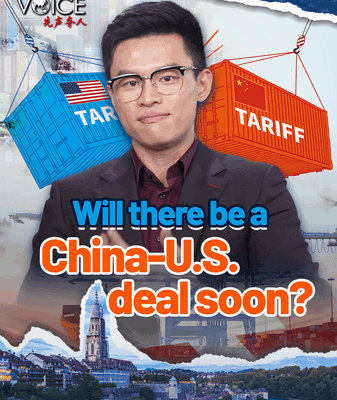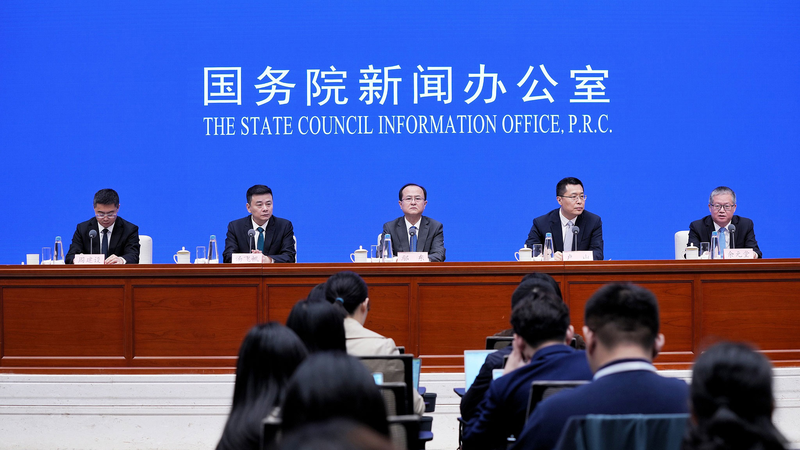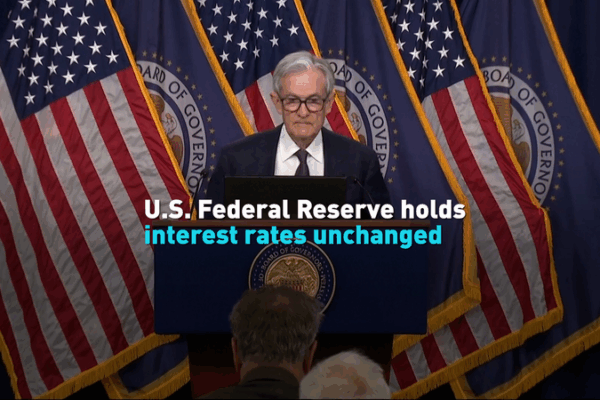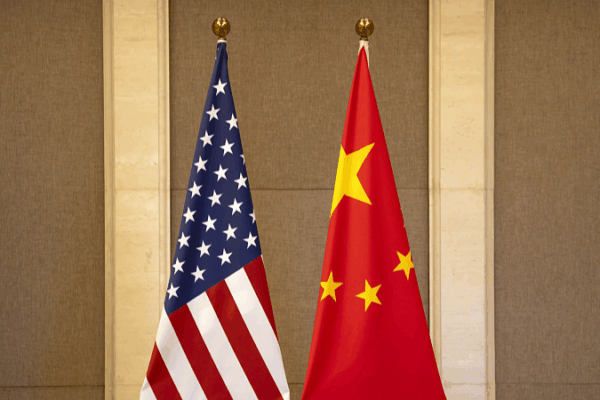
Will a China–U.S. Tariff Deal Be Reached Soon?
As trade tensions persist, can the U.S. and the Chinese mainland agree on a pragmatic tariff deal? Explore the challenges and prospects.
My Global News: Voices of a New Era
🌍 Stay Ahead, Stay Global 🚀

As trade tensions persist, can the U.S. and the Chinese mainland agree on a pragmatic tariff deal? Explore the challenges and prospects.

The Chinese mainland and the U.S. opened a high-level economic and trade meeting in Geneva, led by vice premier He Lifeng and Treasury Secretary Scott Bessent.

U.S. envoys arrive in Geneva for a high-level economic and trade meeting with the Chinese mainland, aiming to soothe tensions and boost market confidence.

Fareed Zakaria warns that U.S.-Chinese mainland economic decoupling could shrink U.S. GDP by 1.4%, costing hundreds of billions annually and potentially spurring faster innovation in the Chinese mainland.

China’s trade with CEEC hit a record $142.3B in 2024, with booming EV and battery investments paving the way for deeper economic collaboration.

In its first 100 days, the Trump administration’s aggressive tariff strategy jolted stocks, bonds and global trade, triggering market volatility and raising questions about America’s economic outlook.

Why the US trade war misses the point: reframing deficits, dollar dominance and tech rule clashes with the Chinese mainland to reshape global commerce.

China and Russia are reshaping post-Cold War economic architecture through joint trade, supply chain and infrastructure initiatives.

The U.S. Fed keeps its benchmark rate at 4.5% amid economic uncertainty and tariff concerns, shaping global borrowing and business strategies.

As China and the United States prepare for their inaugural high-level trade talks in Switzerland, both sides aim to temper tariff tensions and steady the global economy.